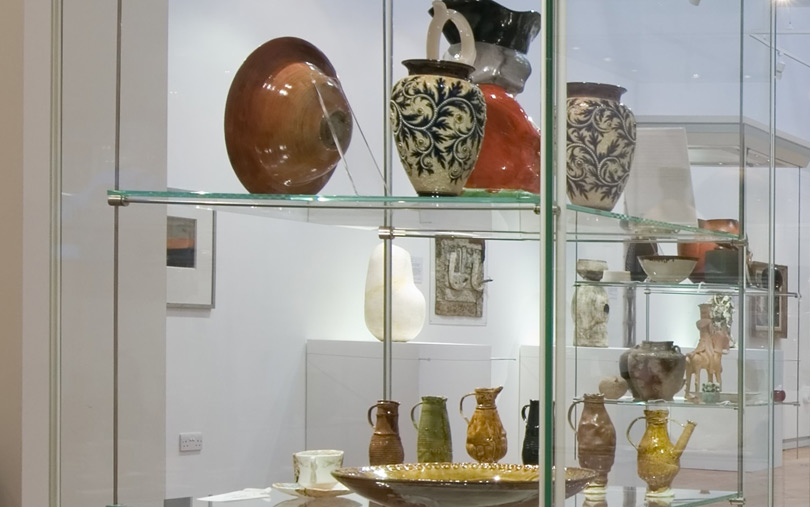York
We have a magnificent collection of over 12,500 items of pottery, dating from prehistoric times to the present day. Our goal was to create a bright and airy space with natural daylight that would show our pots at their best and that would be flexible enough to suit the varied exhibitions we have planned.
Although the majority of works in this gallery are ceramic, we'll sometimes display more vulnerable organic or light sensitive artefacts, and these need higher levels of conservation.
The cases we chose had to meet a very high specification - simple enough in design that they didn't outshine the objects on display, adaptable enough to suit a variety of exhibition designs, but clever enough to meet the highest requirements of any potential lender.
It has been a complex and exciting project, and I've learned a great deal.
My top five tips for organising temporary exhibitions
- Go to other exhibitions, temporary and permanent, and speak with people who have organised them.
- Use scaled paper cut-outs representing objects and cases in the space to try different layouts, as the gulf between an architects plan and the physical reality is often larger than you think.
- Plan the time to open the exhibition earlier than any official opening so that you can see how visitors react and have time to make any final changes needed.
- Don't be afraid to alter plans or stretch budgets during your project, as your ambitions for it will probably grow.
- Most importantly have fun with it and enjoy the process as this will come across in the finished product.
Helen Walsh,
Assistant Curator of Decorative Arts,
York Art Gallery
The cases we chose had to be high spec - simple enough in design that they didn't outshine objects on display, adaptable enough to suit a variety of exhibition designs, but clever enough to meet the highest requirements of any potential lender.
Helen Walsh,
Assistant Curator of Decorative Arts,
York Art Gallery






